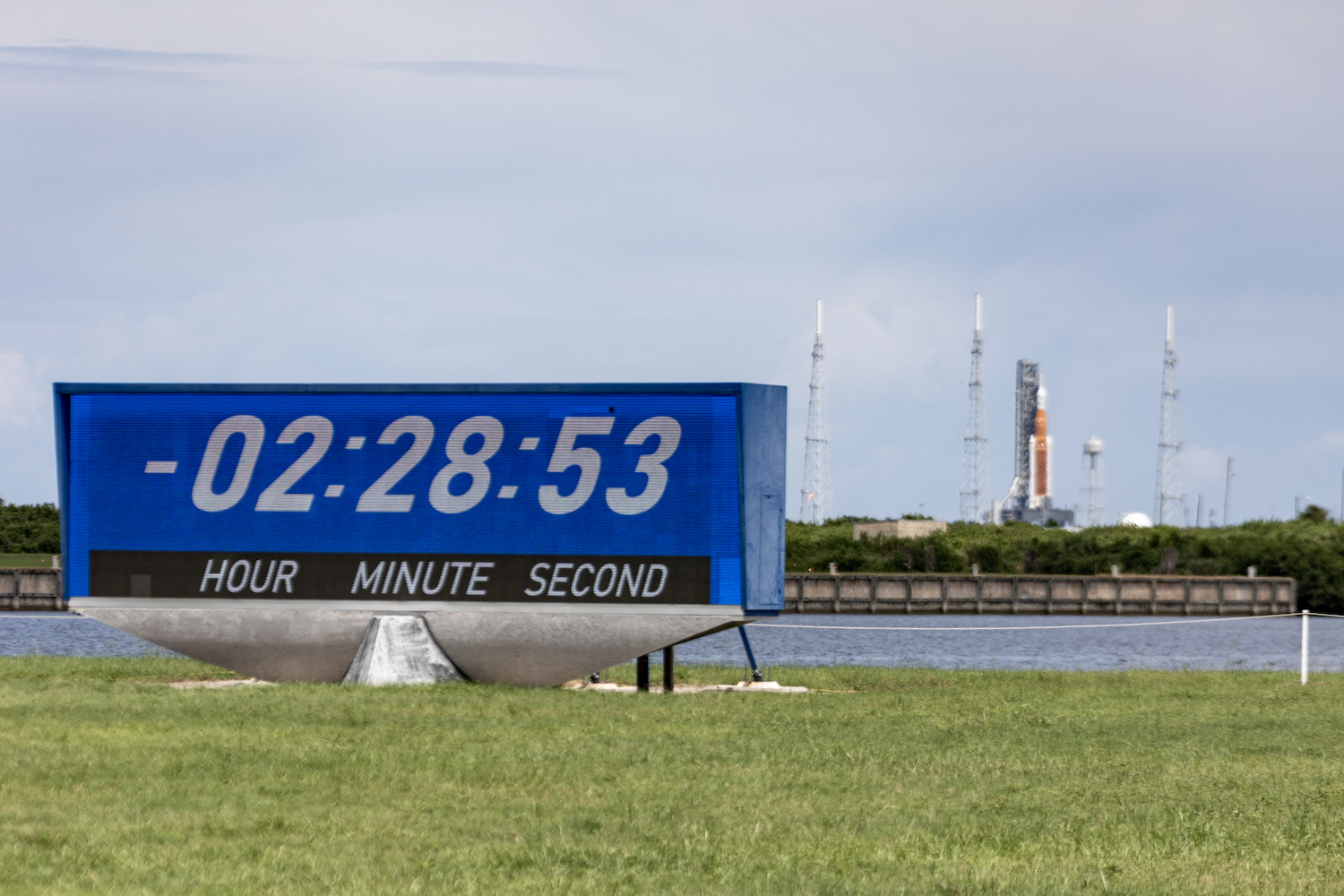
For all their power, rockets remain at the mercy of the sky. A launch vehicle can withstand hundreds of tons of thrust, heat that rivals the Sun’s surface, and the vibrations comparable to a small earthquake – but a shift in wind or a charged cloud layer can still stop everything on the pad.
Weather is not just a backdrop for launch, it’s an active variable in mission safety. Every rocket launch involves a complex interplay between atmospheric electricity, wind profiles, temperature, and moisture. Each factor has its own line in the “launch commit criteria,” the checklist that determines whether the countdown continues or holds.
Perhaps the most dramatic weather hazard is lightning, both natural and triggered. A rocket’s metal body and ionized exhaust plume form a conductive path through the atmosphere. If it climbs into a charged region of cloud, it can actually trigger lightning on itself.
Triggering lightning during launch was something that nearly ended NASA’s second Moon landing mission, Apollo 12 in 1969, when its Saturn V was struck twice moments after liftoff. That near-disaster led NASA to codify the Lightning Launch Commit Criteria, which remain in use today.

Under those rules, no rocket can launch through or near clouds that extend into freezing temperatures, contain precipitation, or are within a defined radius of recent lightning. Range weather officers monitor electric-field strength using field-mill sensors around the pad and radar to assess cloud type and motion. A single “no-go” reading in that network can halt a launch, even under clear skies on the ground.
But electricity is only one piece of the equation. Upper-level winds may be the most consistently troublesome constraint.
Rockets accelerate rapidly through the lower atmosphere, where winds can vary sharply with altitude. This variation, called wind shear, creates bending and twisting forces along the rocket’s structure. Too much shear can exceed design limits or push a vehicle off its intended flight path.
To guard against that, meteorologists release weather balloons before every launch to map wind speed and direction through the full column of air. The data is then fed into real-time trajectory models that determine whether the rocket can safely steer through each layer.
Surface winds matter too, particularly for tall, slender launch vehicles, like the SpaceX Falcon 9, that must maintain stability during the first seconds of flight. High gusts at the pad can cause excessive side-loads or make guidance control margins too tight to guarantee safety. Even if upper winds are calm, strong pad-level gusts can force a delay.
Temperature and moisture add further complications. Extreme cold can affect propellant pressures and hardware performance, high humidity can cause icing when cryogenic fuels cool the surrounding air, and thick clouds or heavy rain can carry supercooled droplets or ice crystals that damage sensors or optics. Precipitation also signals turbulent, unstable air that can interact unpredictably with a rocket’s aerodynamics.
Each of these conditions is part of the larger system that determines whether the sky is truly “go.” SpaceX, NASA, and the US Space Force all maintain detailed weather models and criteria based on decades of data. The decision isn’t made by intuition, it’s made by numbers: wind thresholds, electric-field measurements, cloud-top altitudes, and lightning strike distances.
So when you hear a mission is scrubbed “for weather,” it’s rarely about raindrops on metal. It’s about the physics unfolding in invisible layers above the coast: crosswinds at 30,000 feet, charged ice in an anvil cloud, or a subtle shear that could bend a rocket’s path by a single dangerous degree.
In the end, weather isn’t the enemy, it’s the equalizer. It reminds engineers and flight directors that spaceflight doesn’t begin with ignition, it begins with the air itself. A rocket can appear to defy gravity, but it still answers to the sky. Until that sky is calm, the most powerful engines on Earth must wait.
FTC: We use income earning auto affiliate links. More.




Comments